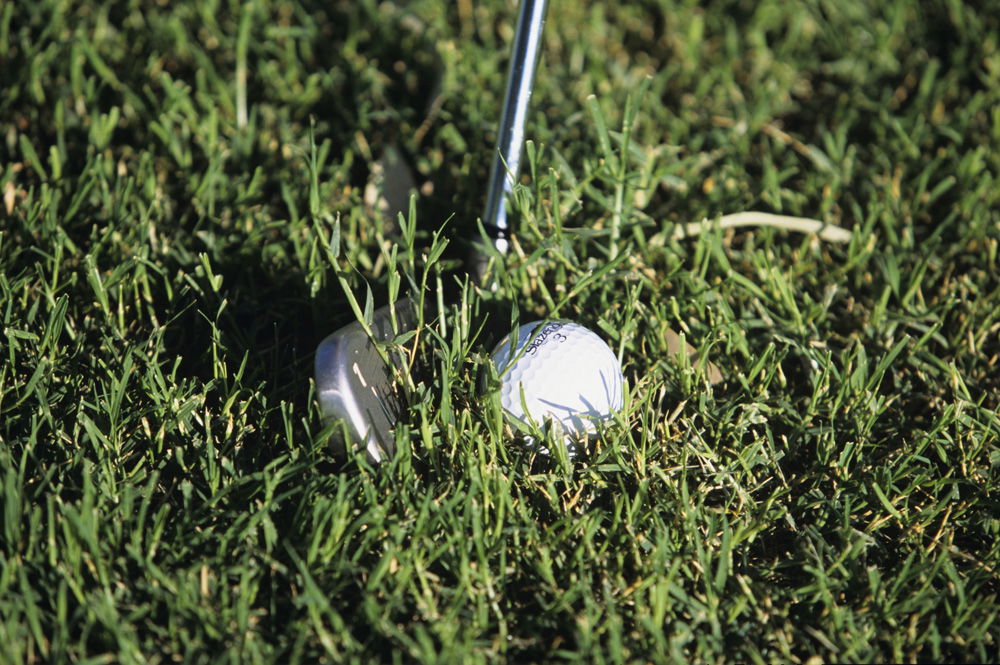Tending the flagstick: rules and etiquette
Have you ever really thought about the rules and etiquette of the flagstick? Read up to avoid penalty strokes.

History of flagstick etiquette
Hundreds of championships have been won and lost by balls striking its 2cm width – remember Lee Trevino’s outrageous bunker escape to beat Tony Jacklin at the Muirfield Open in 1972 – while many of us regularly incur penalties by its misuse or abuse. ?There's always parts of golf ruling or etiquette that you may not know so check out our top ten etiquette tips for more help.
Five flagstick rules you need to know
1. It’s important to realise that if the flagstick is in the hole and anyone stands near it, they are deemed to be attending the flag (unless requested otherwise by the player concerned) and therefore responsible for it until the ball comes to rest.
2. Be aware that rule 17-2 states that if as a player or caddie you attend, remove or hold up the flagstick without the consent of the golfer playing the stroke (and this might influence the movement of the ball), you can incur the applicable penalty of two-strokes or loss of hole.
3. A player can ask for the flagstick to be removed whether on or off the green. Alternatively it can be left in if a shot is to be played from off the green but must be removed before the ball comes to rest for a shot played on the green.
4. If the ball strikes an unattended flagstick from a shot played from on the green or while it is being attended, it’s a two-stroke penalty or loss of hole. Even if the shot was played from off the green and is being attended, the same penalties apply.
5. Your caddie can tell you to hit your putt at his foot, but he must remove the foot from that position before you make the stroke. This is not a breach of Rule 8-2b, which addresses touching the putting green to indicate the putting line, because the caddie's foot wasn't on that spot to indicate the line. He was simply attending the flag.
Five flagstick etiquette must knows
1. It is good etiquette to offer to attend the flag, especially if you are the last to play in a group on the green, and to stand very still.
2. While tending the flag make sure you loosen it from the bottom of the cup before the stroke and hold it up vertically (resting in the cup) unless requested otherwise, to avoid damage to the cup or its sides.
3. Stand to the side of the cup, avoiding other players’ lines or extension of it and ensuring your shadow doesn’t fall across the hole or the intended line to the hole.
4. It’s a good tip when a flagstick is taken out to place it at a point where it won’t interfere with the line of any subsequent putt (or be in the player’s eyeline), as this can also incur the above penalties if it’s struck while the ball is in motion. ??
5. It’s also a good idea, if you’ve have previously used a club to chip or pitch on to the green to lay it beside the flagstick. You’re unlikely to leave it behind when leaving the green
In a nutshell
If your ball is off the green, there is no penalty if you play and your ball strikes the flagstick, provided no one is holding the flagstick. If your ball is on the green, do not putt with the flagstick in the hole. Either take the flagstick out or ask another player to hold it and take it out when you play your ball. In matchplay, if you putt and your ball hits the flagstick when it is in the hole, you lose the hole. In strokeplay, you must add two penalty strokes to your score for that hole.
Want more articles on rules and etiquette? Look at our feature on spotting a golf cheat or the top ten etiquette tips
Otherwise check out our instructional guides to Golf’s Toughest Shots or our top Golf Practice Drills

